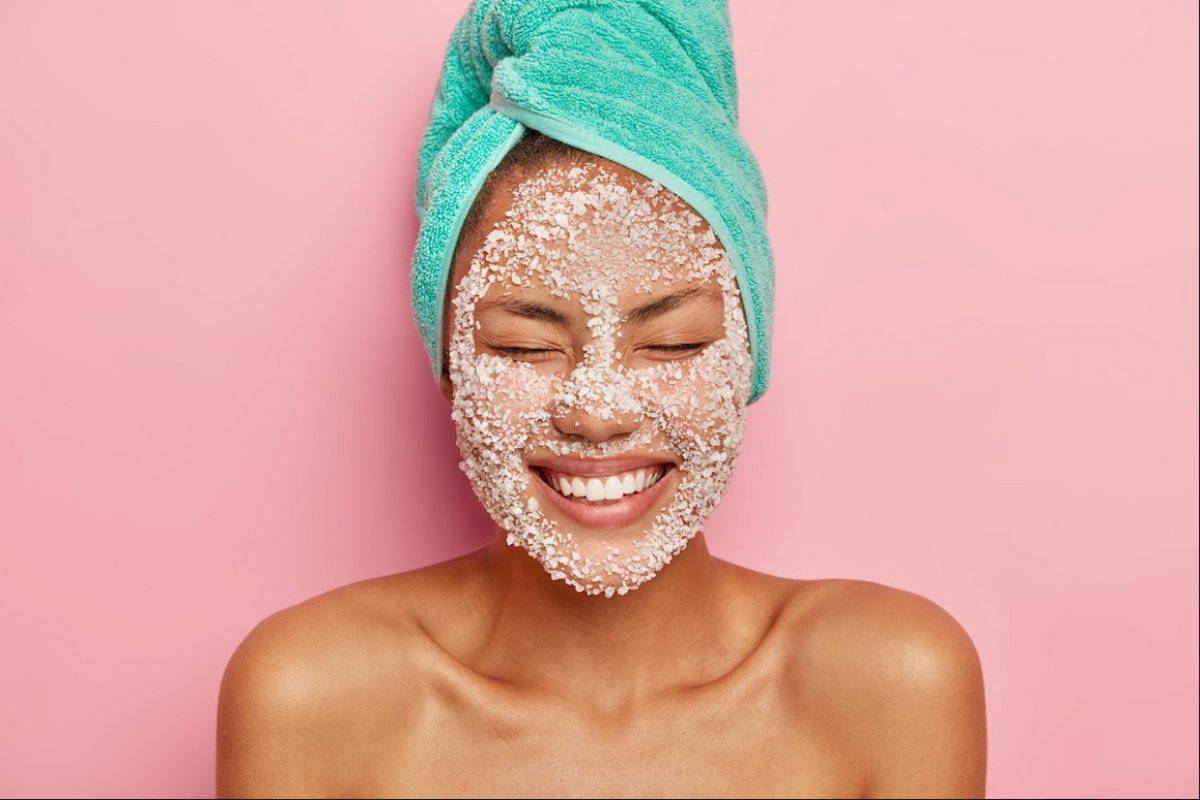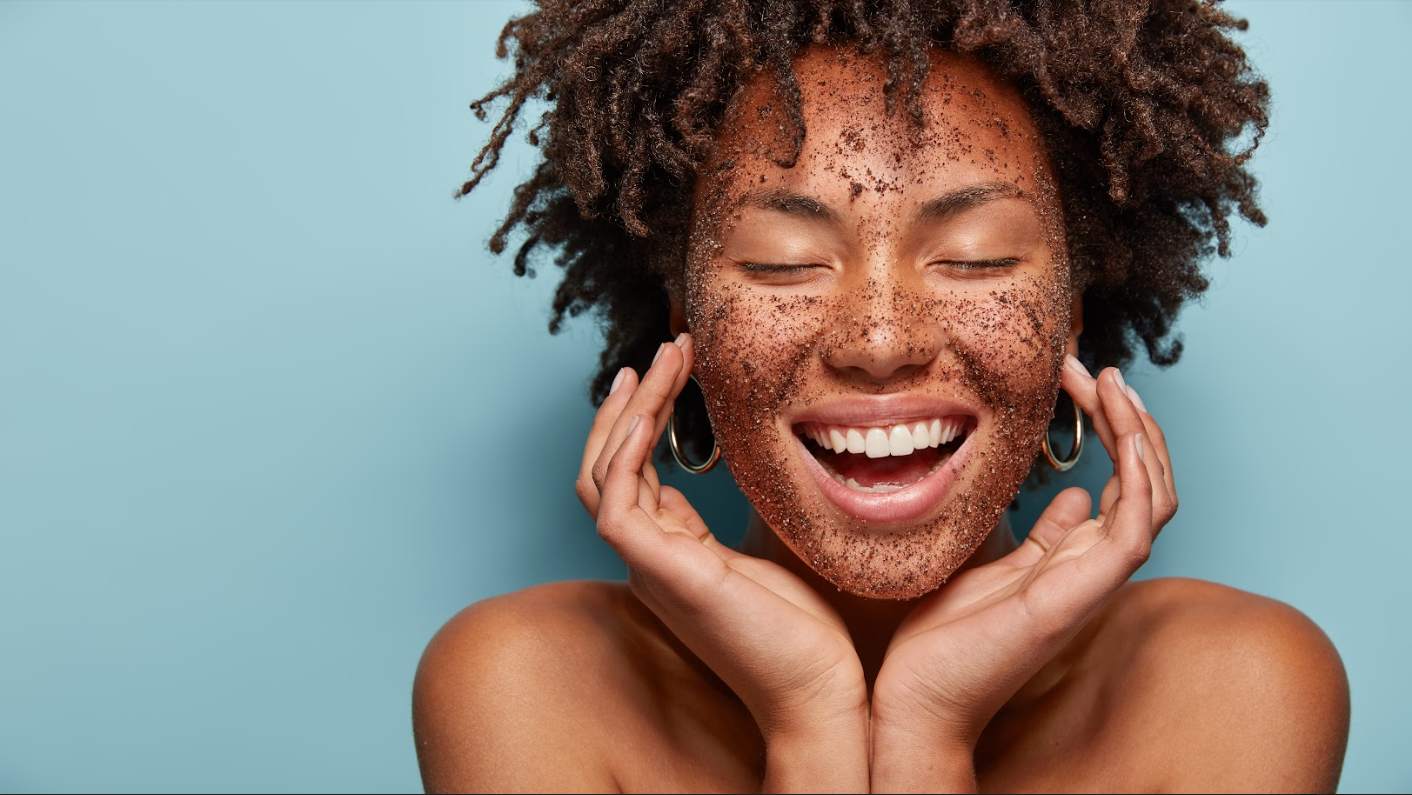
6 Tips To Safely Exfoliate Your Skin
Tips To Safely Exfoliate Your Skin – Exfoliation is one of the most important steps in your skincare cleansing regimen. It allows you to remove everyday pollutants and dirt your skin is exposed to in the environment. It’s also essential for creating optimal conditions for new skin growth and rejuvenation. Without exfoliation, skin can become textured and pores clogged, reducing the efficacy of facial care products because they can’t seep into the skin.
Therefore, you should know how to exfoliate properly with whatever methods you prefer. This can help you maintain healthy skin and also prevent bad habits that can lead to damage.

Here are six tips to safely exfoliate your skin:
Table of Contents
1. Laser Exfoliation
There are several laser treatment procedures you can opt for to exfoliate your skin. These can be heat-based laser facials and skin resurfacing techniques that work by clearing dead skin cells, shrinking pores, tightening skin tissue, and treating acne-related skin conditions. It aims to leave skin looking more youthful and evenly toned.
Laser facials are performed by licensed cosmetic surgeons and estheticians in skincare clinics such as Lumen Laser Center. The procedures are mainly non-invasive to minimally invasive, so you won’t have to worry about prepping for incision-based surgeries.
You can expect some redness, a rash, or bumps after the treatment as your skin heals. Take care of your skin with mild cleansers and moisturizers in the meantime. Also, remember to follow post-care instructions to minimize the likelihood of side effects.
2. Scrubs
Using scrubs as part of a skincare regimen is a practice that goes far back in history. Many of the traditional ingredients were sourced in nature, and in more modern times were homemade and created by combining household food ingredients. However, research has since discovered that raw ingredients can be harsh on the skin and should be well-blended and applied gently. This can help neutralize abrasiveness in your do-it-yourself (DIY) scrub.
To make a homemade scrub, you can use small grains such as finely ground rice or oatmeal, almond powder, coconut sugar, kiwi seeds, and cinnamon. You can also use fruits such as apples, lemons, and strawberries. All these can work to revitalize your skin and remove dirt buildup. Just be sure to combine these ingredients with carrier oils and neutral liquids such as honey, aloe, milk, coconut oil, and jojoba oil.
3. Skincare Acids
The most common approach to exfoliating skin is using products containing organic acids. Such products include cleansers, moisturizers, toners, and serums with alpha hydroxy acid (AHA) and beta hydroxy acids (BHA). When combined, they can be most effective in removing dead skin cells in the layers of your skin, clearing clogged pores of dirt and oils, renewing skin cells, and fighting off acne-causing bacteria.
If you look at the ingredients of your skincare products, you may have noticed that they contain acids such as salicylic acid, citric acid, lactic acid, and glycolic acid. To get the most out of your products, be sure to do a patch test to check if they’re safe to use on your skin.
Anything that causes irritation or worsens a skin condition should be discarded. Always apply skincare products gently using clean hands or cotton pads. You may also use appropriate tools such as an electric facial brush or a microfiber face cloth.
4. Microdermabrasion
This technique uses a mildly abrasive instrument to essentially sand away at the surface level of your skin. Doing this can improve the texture of your skin and stimulate skin cell growth and healing. This procedure is ideal for reducing the appearance of wrinkles, fine lines, scars, sun damage, and pigmentation.
Most people prefer getting the treatment done by an esthetician. You can, however, choose to do the procedure yourself of Microdermabrasion at home. It’s considered safe for personal use due to its minimally invasive treatment that doesn’t require anesthesia.
Microdermabrasion kits are available at certain drugstores for purchase. Just be sure to do thorough research on each product. Keep your skin cleansed and moisturized, then start slowly to see how your skin reacts. The best kits with exfoliating properties should have clear instructions on proper use.
5. Dermaplaning
You might have heard of this type of exfoliating method popularized into the mainstream by social media beauty gurus. It exfoliates your skin using a special scalpel-like blade to scrape off dead skin cells and fine facial hair, also known as ‘peach fuzz.’ This can lead to more refined and smoother-looking skin. It can also be effective in clearing skin so that products can penetrate deeper into your skin.
If you plan on doing the procedure yourself, only use the specific blade made for dermaplaning available at drugstores and beauty supply stores. Proceed slowly and carefully, holding your instrument at a 45-degree angle on your face. Redness is expected after the procedure, but it should clear within a day.
Don’t use blades for leg shaving or general disposable scalpels that come in store-bought kits. These might be too sharp for your face and may cause minor injuries.
6. Chemical Peels
It’s advisable that chemical peels be administered by a skincare professional. However, you may apply them at home safely, provided you scrutinize the list of ingredients in store-bought chemical peels. This prevents you from choosing products with mixtures that are too harsh for your skin type. Using an unsuitable chemical peel may result in excessive skin shedding, chemical burns, and hyperpigmentation problems later on.
You should patch test your chosen peels behind your ear or neck area to stay on the cautious side. If your skin tolerates it, you can continue using it twice monthly as an exfoliant.
Furthermore, after using chemical peels, your skin will be vulnerable as it heals. Thus, stay away from harsh products that contain acids and other exfoliants. Instead, use gentle and mild cleansers and moisturizers.
Conclusion
You can safely exfoliate your face at home using products available at drugstores. Or, you can have the procedure done by a skincare professional in a clinic or salon. The important thing is to start with research to vet products and information. Then, you can test them out on yourself in a small area, or better yet, consult a cosmetic expert.
Keep in mind that exfoliation is a necessary procedure for skincare and that homemade scrubs should always be applied gently. Try not to scrub vigorously because it can cause micro-tears on your skin. Use mild cleansers and moisturizers before and after your exfoliation, and you can be sure to get the clearer skin you’ve always wanted.


